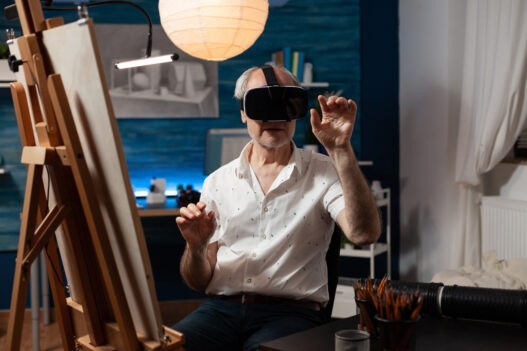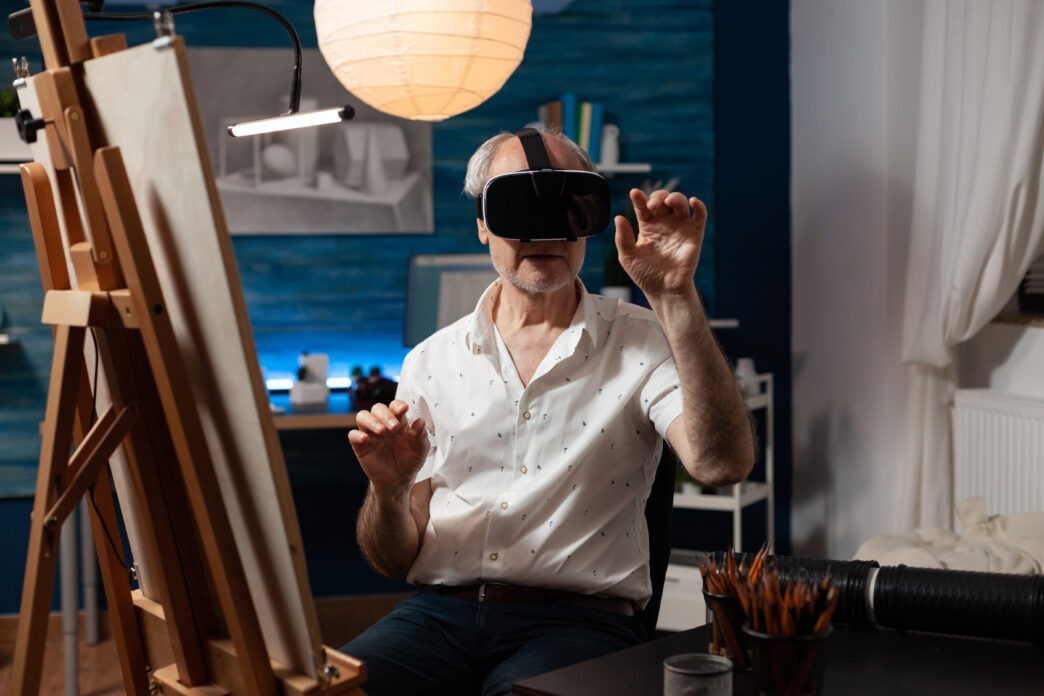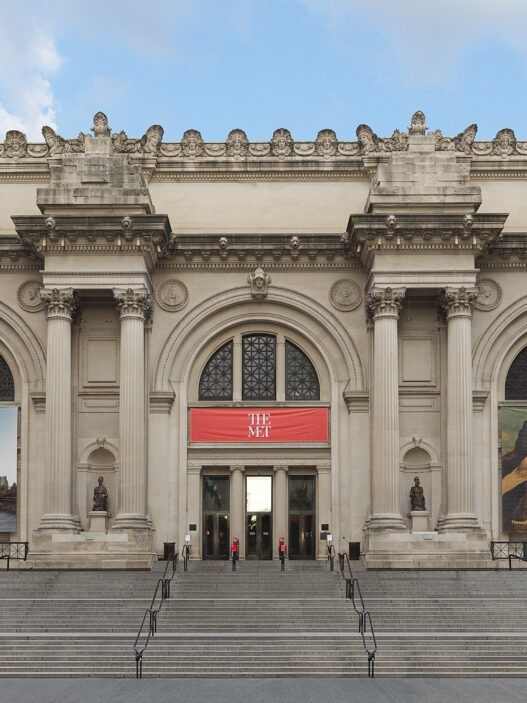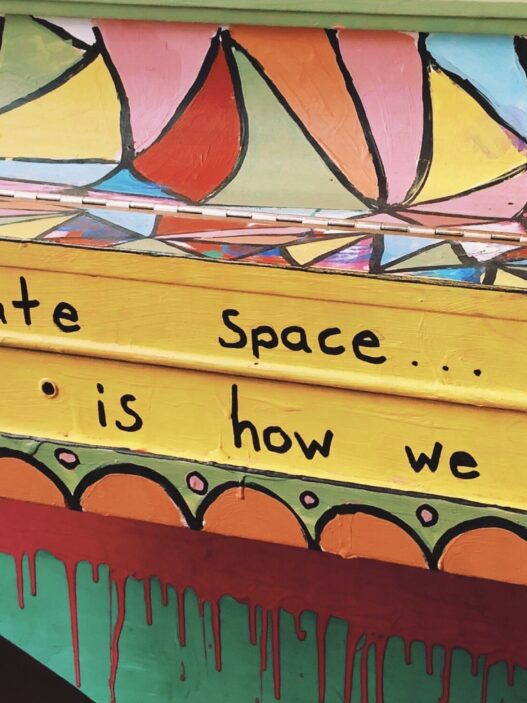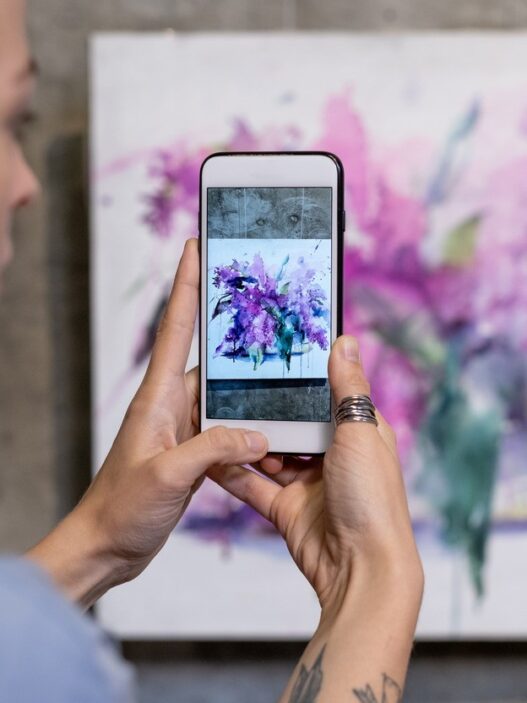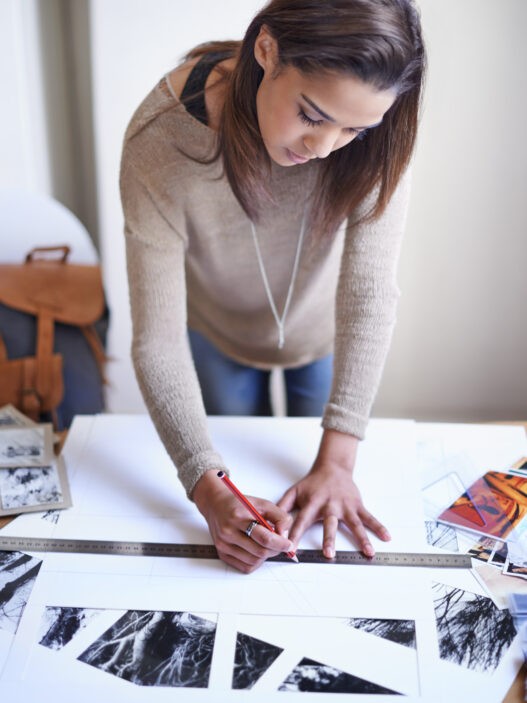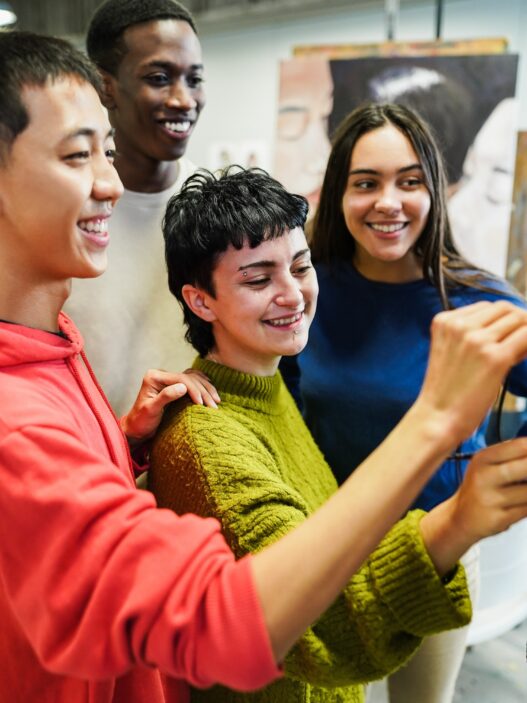Art has always been a reflection of the society we live in, and as times change, so does the art world. The rise of technology has brought about a significant shift in the way we create, view, and appreciate art. From virtual galleries to NFTs, new technologies are revolutionizing the art world like never before. As the world continues to evolve, artists are finding new ways to express themselves, and technology is providing them with the tools they need to bring their visions to life. Whether you're an artist, collector, or simply an art enthusiast, the impact of technology on the art world is something that cannot be ignored. In this article, we will explore the ways in which technology is shaping the art world and how it is changing the way we experience art. So, let's dive in and explore this fascinating intersection of art and technology.
Table of Contents
ToggleVirtual Galleries and Online Exhibitions
One of the most exciting developments in the art world is the rise of virtual galleries and online exhibitions. While traditional galleries and museums are still important, virtual galleries offer new opportunities for artists and art enthusiasts alike. No longer constrained by physical space, virtual galleries can host exhibitions that are truly global in scope, allowing artists to reach new audiences and gain exposure in new markets.
Virtual galleries also offer a new level of interactivity and engagement. Many virtual galleries incorporate elements of augmented and virtual reality, allowing visitors to explore the art in new and exciting ways. Some virtual galleries even allow visitors to create their own exhibitions, curating their own collections from the available works.
While virtual galleries may never replace traditional galleries and museums, they offer new opportunities for artists and collectors, as well as new ways for people to engage with art.
Augmented and Virtual Reality in Art
Augmented and virtual reality are also transforming the way we experience art. By overlaying digital images and information onto the physical world, augmented reality can create new ways of interacting with art, while virtual reality can transport us to entirely new worlds.
In the art world, augmented and virtual reality are being used to create immersive experiences that allow visitors to engage with art in new and exciting ways. For example, some museums are using augmented reality to provide visitors with additional information about works of art, while others are using virtual reality to create entirely new art installations.
Augmented and virtual reality offer new possibilities for artists, allowing them to create works that are not limited by physical space or time. As these technologies continue to advance, we can expect to see even more exciting developments in the world of augmented and virtual reality in art.
Art and Blockchain Technology: NFTs and Their Impact
One of the most talked-about developments in the art world in recent years has been the rise of NFTs, or non-fungible tokens. NFTs are a type of digital asset that are stored on a blockchain, a decentralized digital ledger that records transactions.
In the art world, NFTs have been used to create a new type of digital art that can be bought, sold, and traded like physical works of art. By creating a unique digital asset that is verified on the blockchain, NFTs have created a new market for digital art that was previously unattainable.
While NFTs have been met with both excitement and skepticism, there is no denying their impact on the art world. NFTs have opened up new possibilities for artists, allowing them to monetize their digital creations in a way that was previously impossible.
Technology and the Democratization of the Art World
One of the most exciting developments in the art world is the democratization of art that technology has enabled. With the rise of social media and online marketplaces, artists now have more opportunities than ever before to showcase their work and connect with audiences around the world.
Online marketplaces like Etsy and Redbubble allow artists to sell their work directly to consumers, while social media platforms like Instagram and TikTok offer new ways for artists to gain exposure and build a following.
The democratization of the art world has also led to more diverse voices and perspectives in the art world. As artists from around the world gain exposure and recognition, we are seeing a wider range of artistic styles and ideas than ever before.
Challenges and Criticisms of Technology in Art
While technology has brought many benefits to the art world, it has also brought its share of challenges and criticisms. One of the biggest challenges is the risk of digital theft and piracy. With digital art and NFTs, it can be difficult to verify ownership and prevent unauthorized copying and distribution.
There are also concerns about the impact of technology on the traditional art market. As virtual galleries and online marketplaces become more prevalent, some worry that traditional galleries and museums may be left behind.
Finally, there are concerns about the impact of technology on the artistic process itself. While technology can provide new tools and opportunities for artists, some worry that it may also lead to a loss of creativity and originality.
The Future of Technology in the Art World
Despite these challenges, the future of technology in the art world is bright. As technology continues to evolve, we can expect to see even more exciting developments in the world of art and digital media.
In the coming years, we can expect to see more virtual galleries and online exhibitions, as well as new developments in augmented and virtual reality. We can also expect to see more artists using blockchain technology to create and sell their digital creations.
As technology continues to democratize the art world, we can expect to see more diverse voices and perspectives in the art world, as well as new opportunities for artists to monetize their work and connect with audiences around the world.
For artists and institutions in the art world, the changing landscape can be both exciting and daunting. To succeed in this new landscape, artists and institutions will need to be adaptable and open to new possibilities.
One of the most important things that artists can do is to stay informed about new developments in technology and the art world. By staying up to date on trends and innovations, artists can ensure that they are leveraging the latest tools and technologies to create and promote their work.
For institutions, adapting to the changing landscape may mean embracing new technologies and platforms, such as virtual galleries and online exhibitions. It may also mean rethinking traditional models of art curation and display to better accommodate new forms of digital media.
Finally, it is important to consider the impact of technology on art buying and collecting. With the rise of online marketplaces and virtual galleries, buying and collecting art has never been easier.
However, there are still challenges and risks associated with buying and collecting digital art and NFTs. Buyers need to be aware of the risks of digital theft and piracy, as well as the potential for fraud and other scams.
As the market for digital art and NFTs continues to evolve, we can expect to see new regulations and standards emerge to protect buyers and sellers alike.
In conclusion, technology is transforming the art world in ways that we could not have imagined just a few years ago. From virtual galleries to NFTs, new tools and platforms are emerging that are changing the way we create, view, and collect art.
While there are challenges and criticisms associated with technology in the art world, there is no denying its impact and potential. As technology continues to democratize the art world and create new opportunities for artists and collectors alike, we can expect to see even more exciting developments in the years to come.









